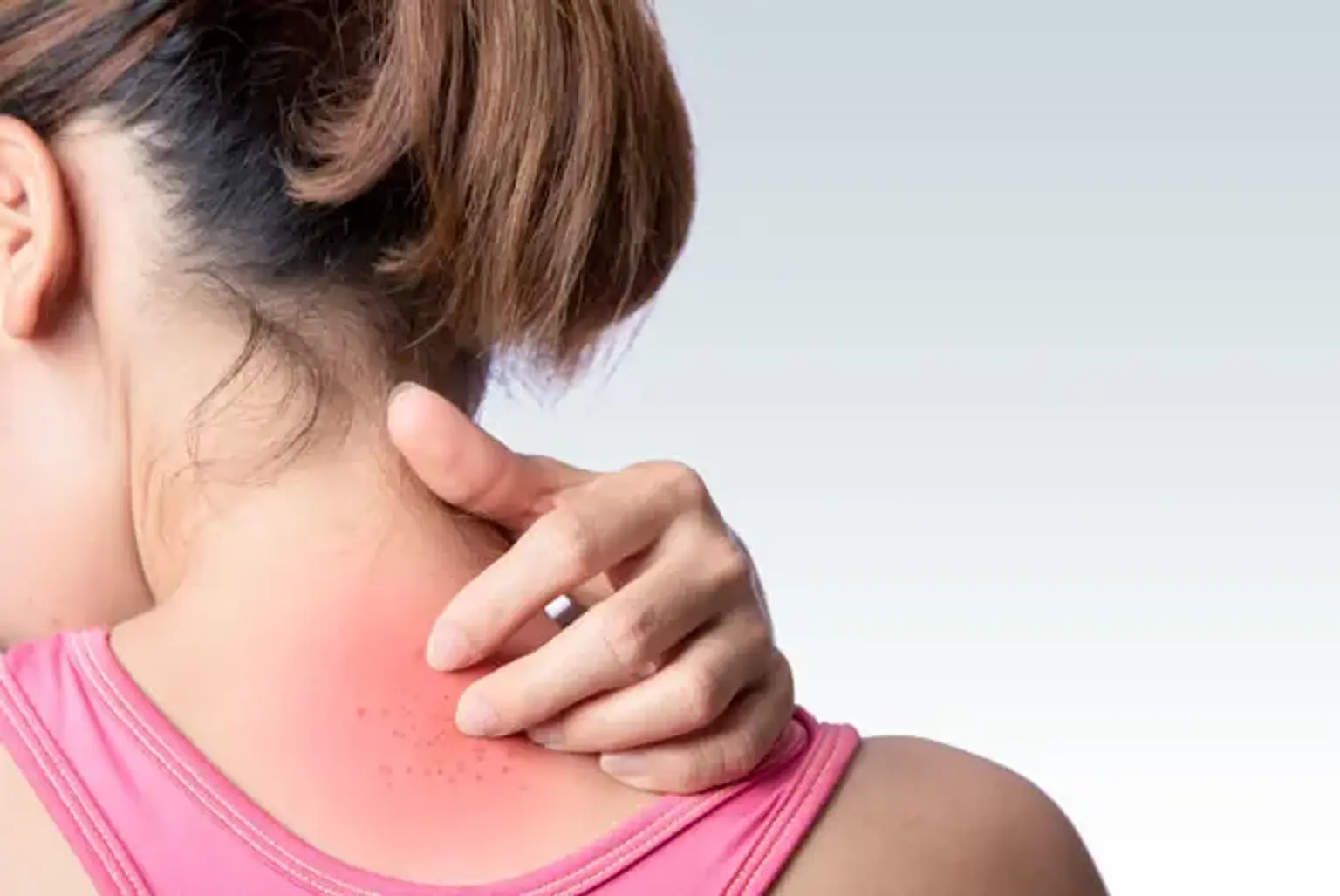Introduction
What is Heat Rash?
Heat rash, also known as prickly heat or sweat rash, is a common skin condition that occurs when sweat glands become blocked, leading to trapped sweat beneath the skin. It typically manifests as small red bumps, a prickling sensation, or even blisters in severe cases. Heat rash is especially prevalent during hot and humid weather, making it a frequent concern during summer months or in tropical climates.
This condition can affect people of all ages, from infants with delicate skin to adults engaging in strenuous activities or living in humid environments. While heat rash is often mild, it can cause significant discomfort if untreated, especially when exacerbated by sweat or friction.
Why Understanding Heat Rash is Important
Although heat rash may seem like a minor inconvenience, understanding its causes and treatment is essential for avoiding complications like bacterial infections or chronic irritation. Proper prevention strategies and timely treatment can ensure it doesn’t disrupt daily life. In regions with high humidity, such as Korea, knowing how to manage heat rash is especially critical, as it is a common dermatological issue influenced by climate and lifestyle.
